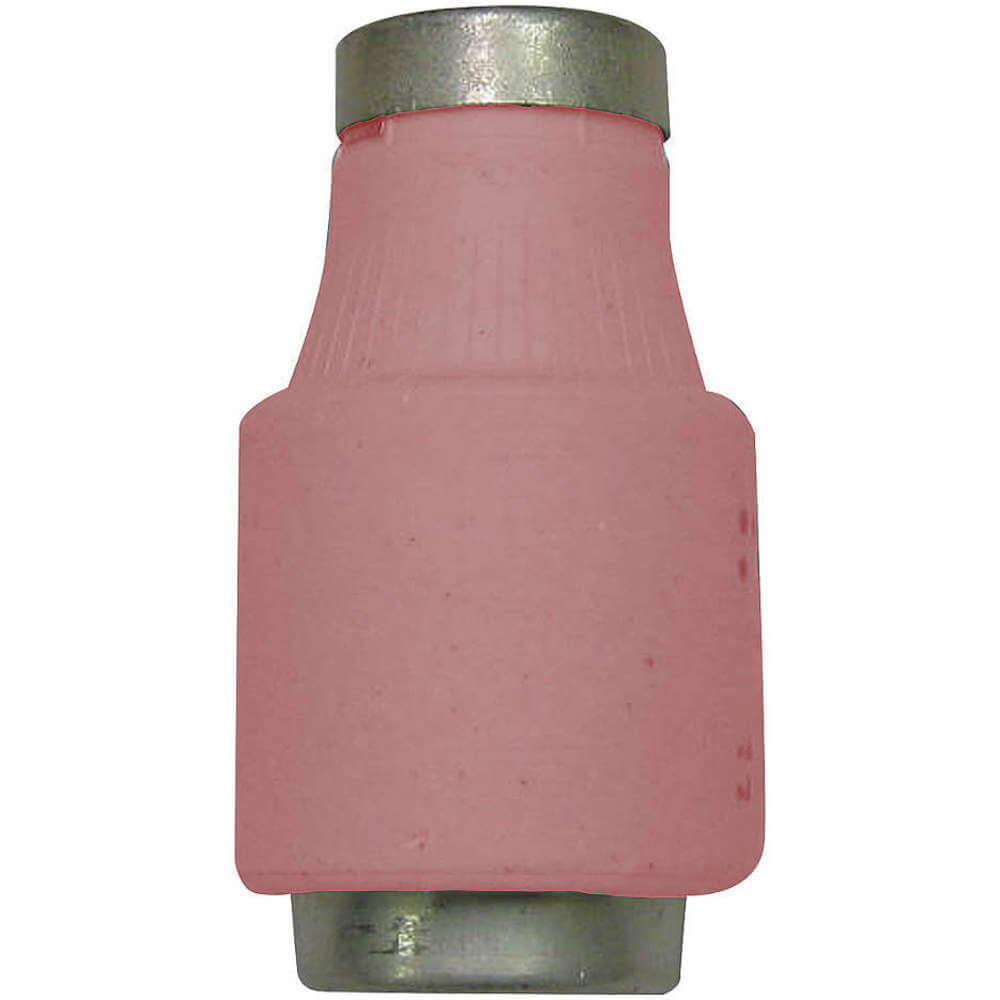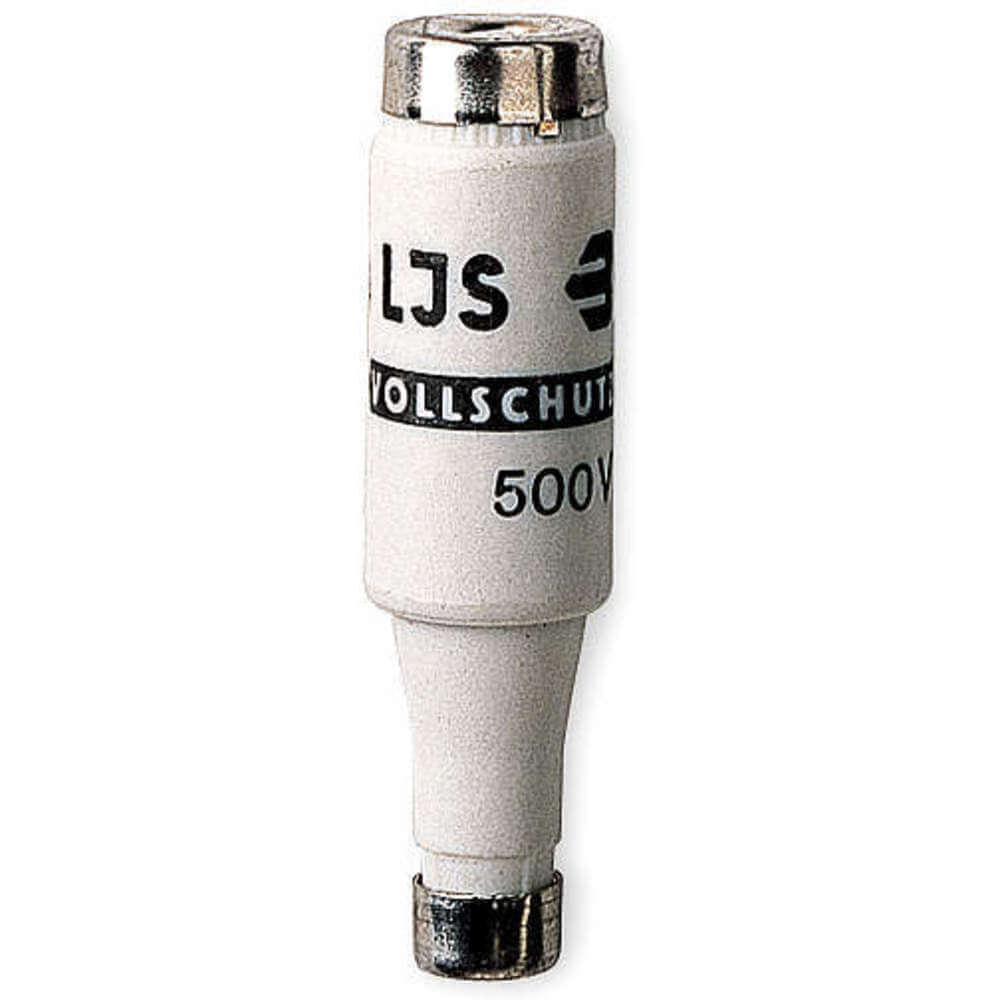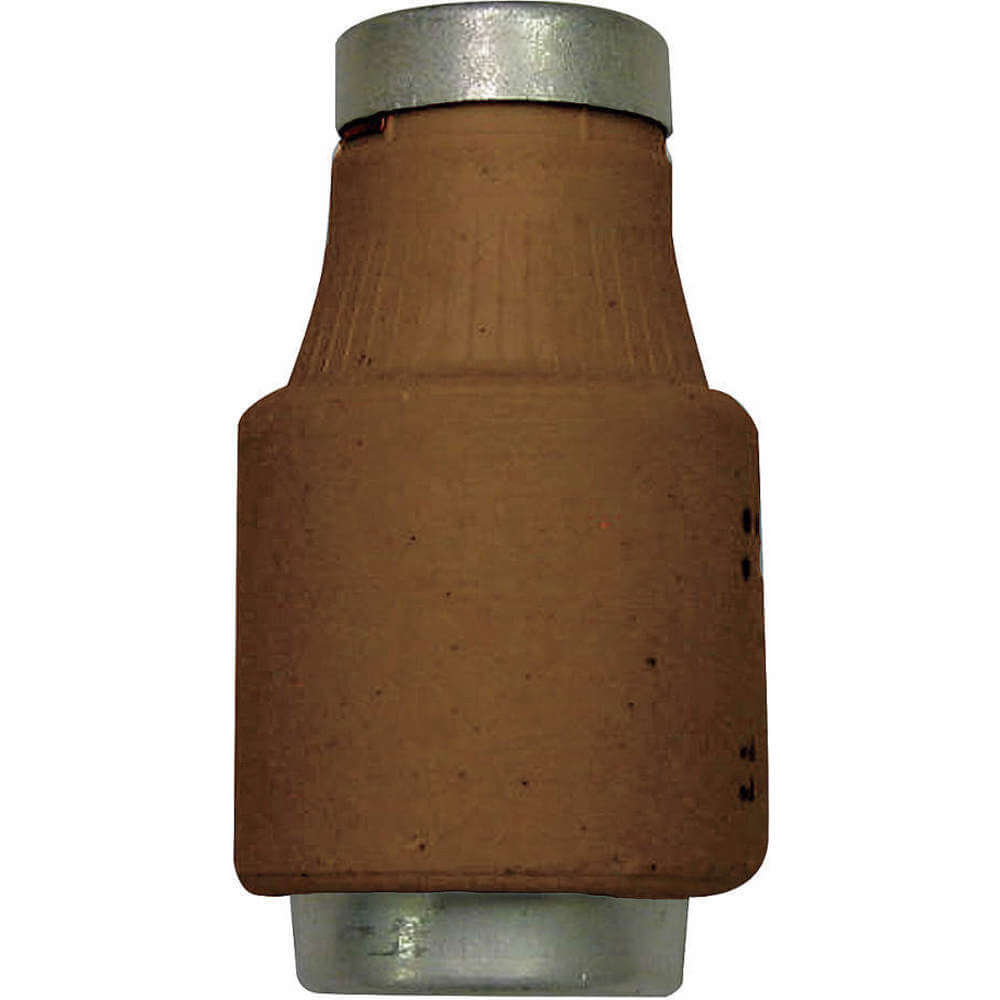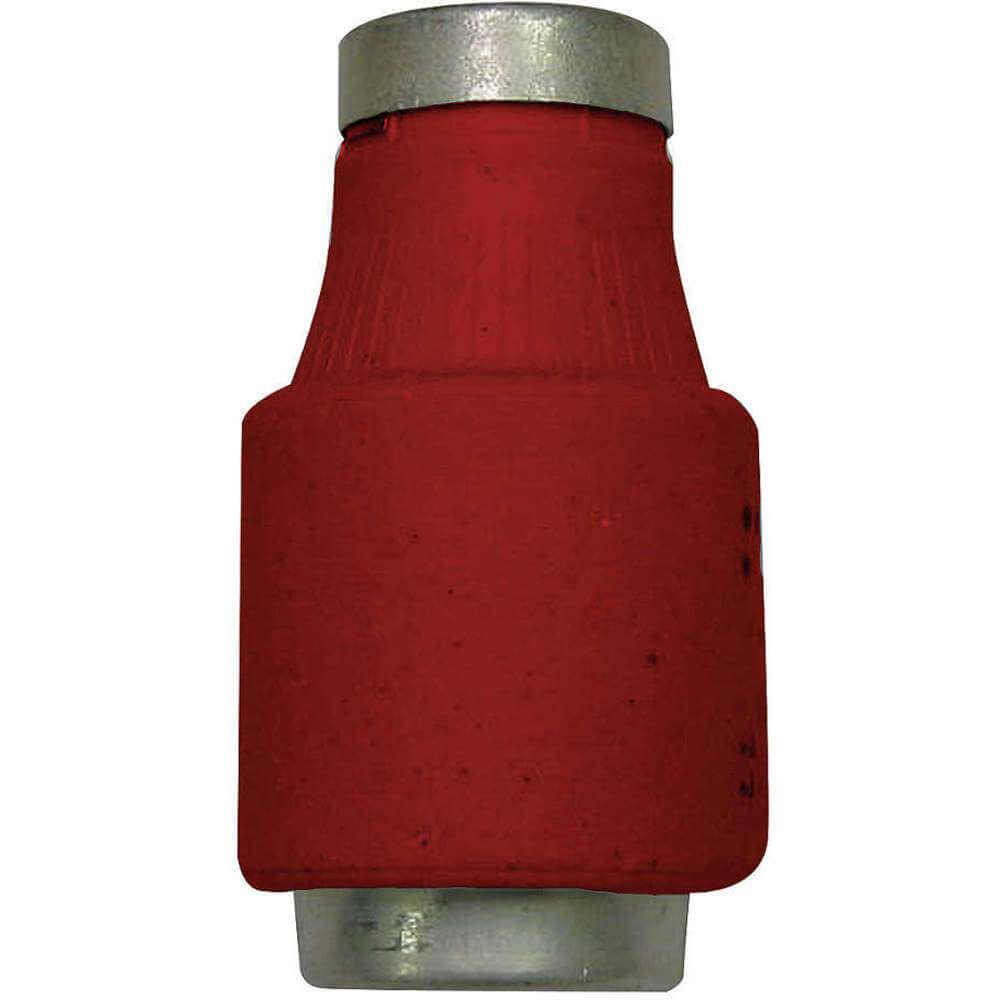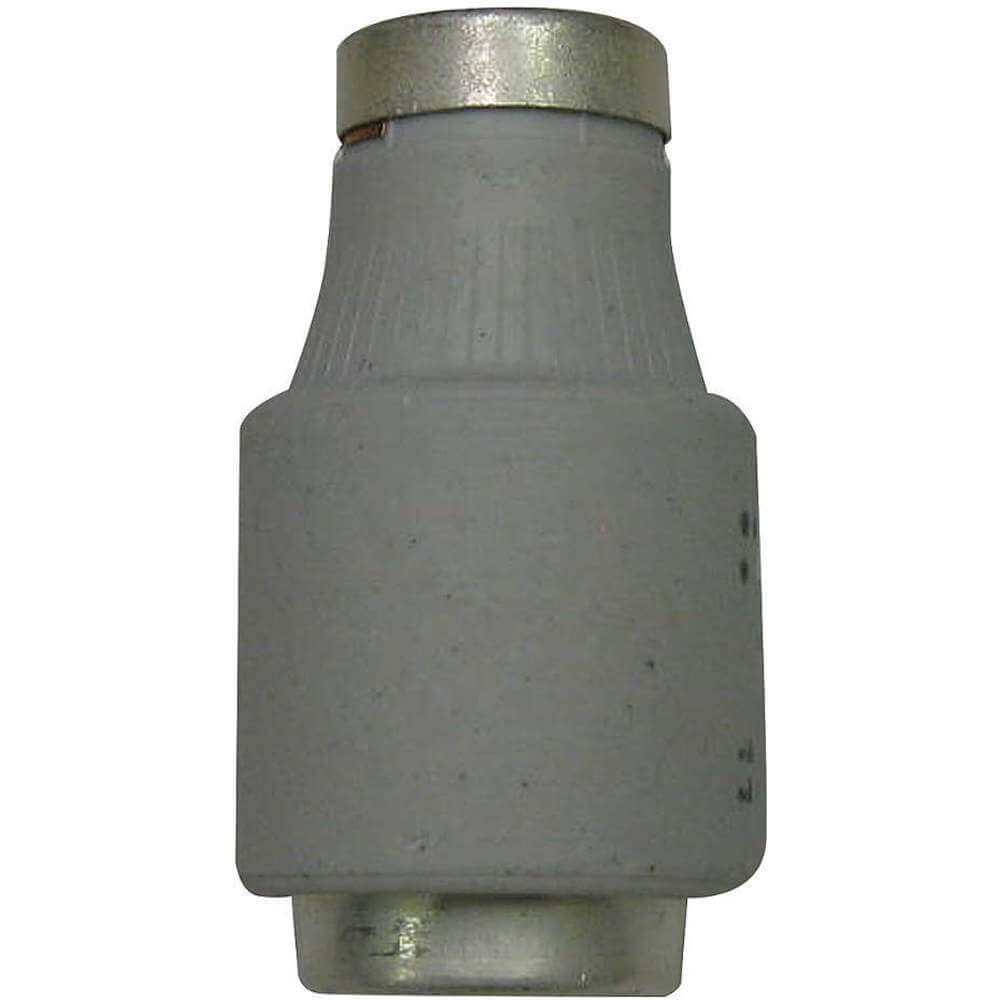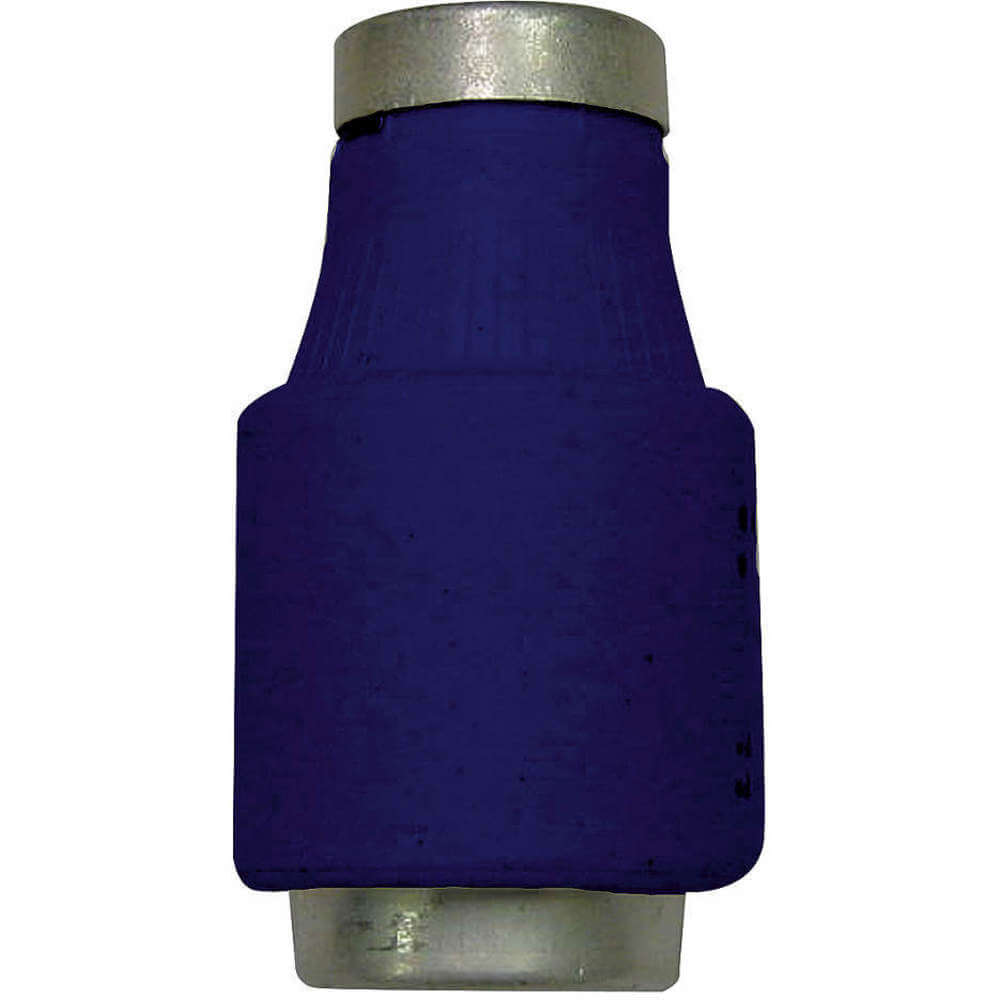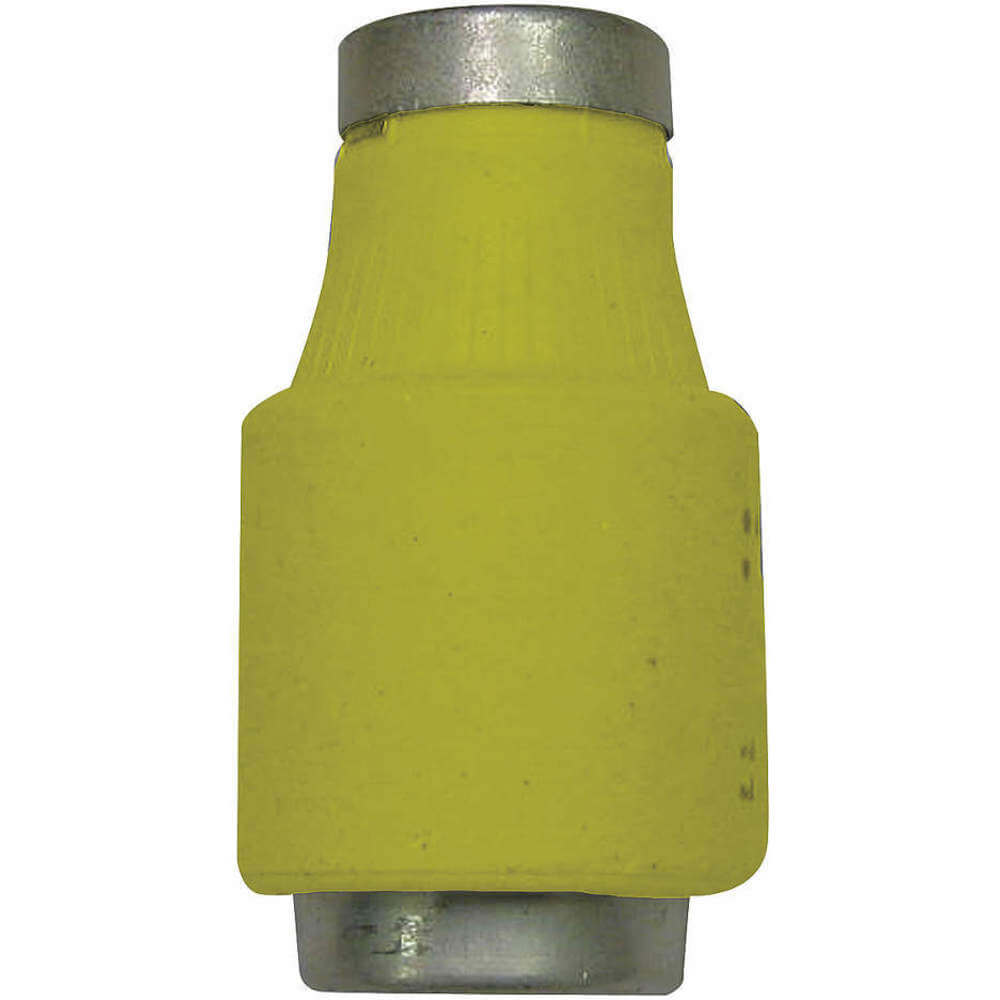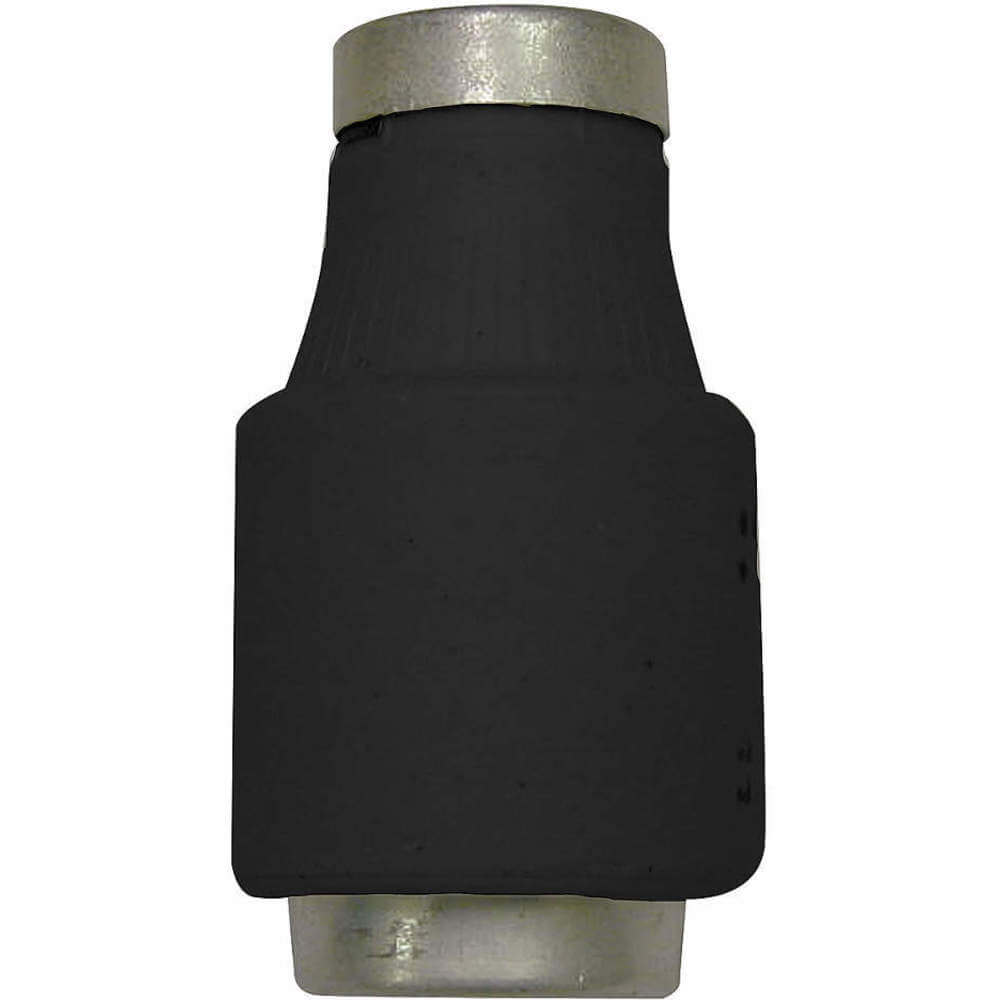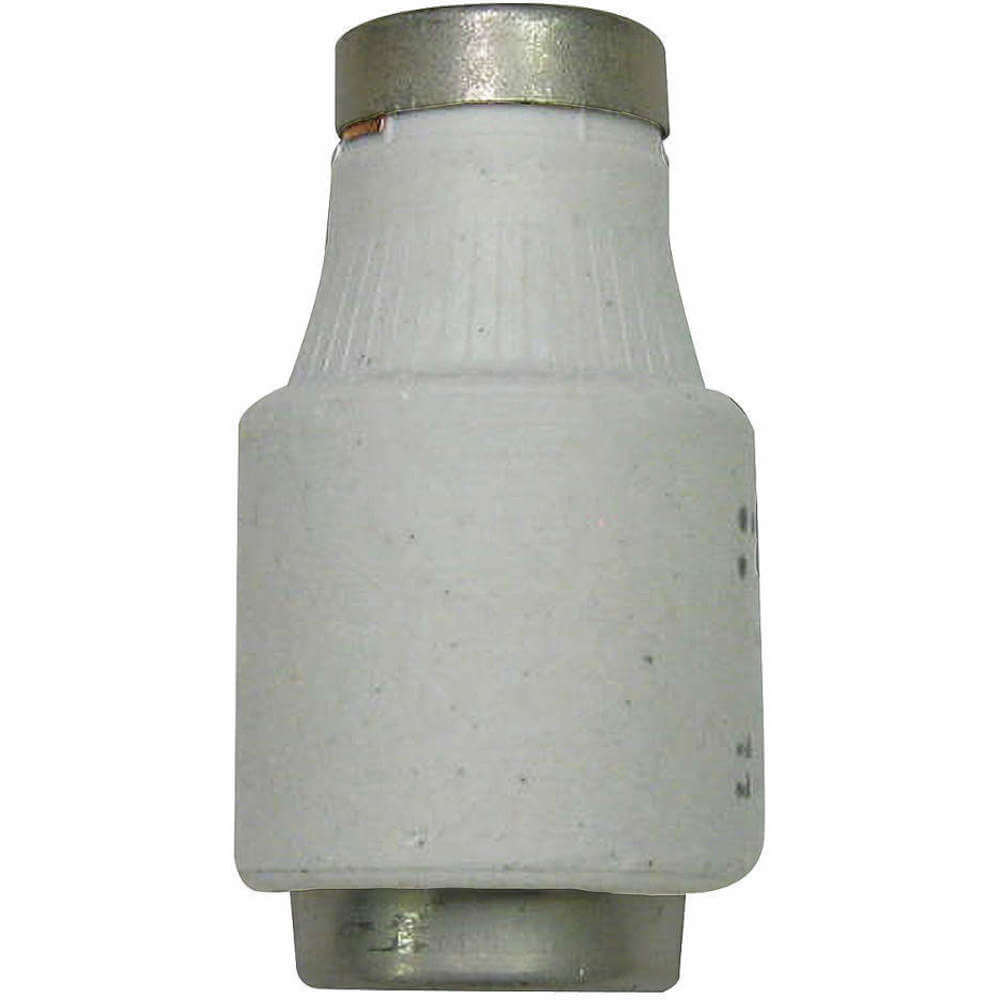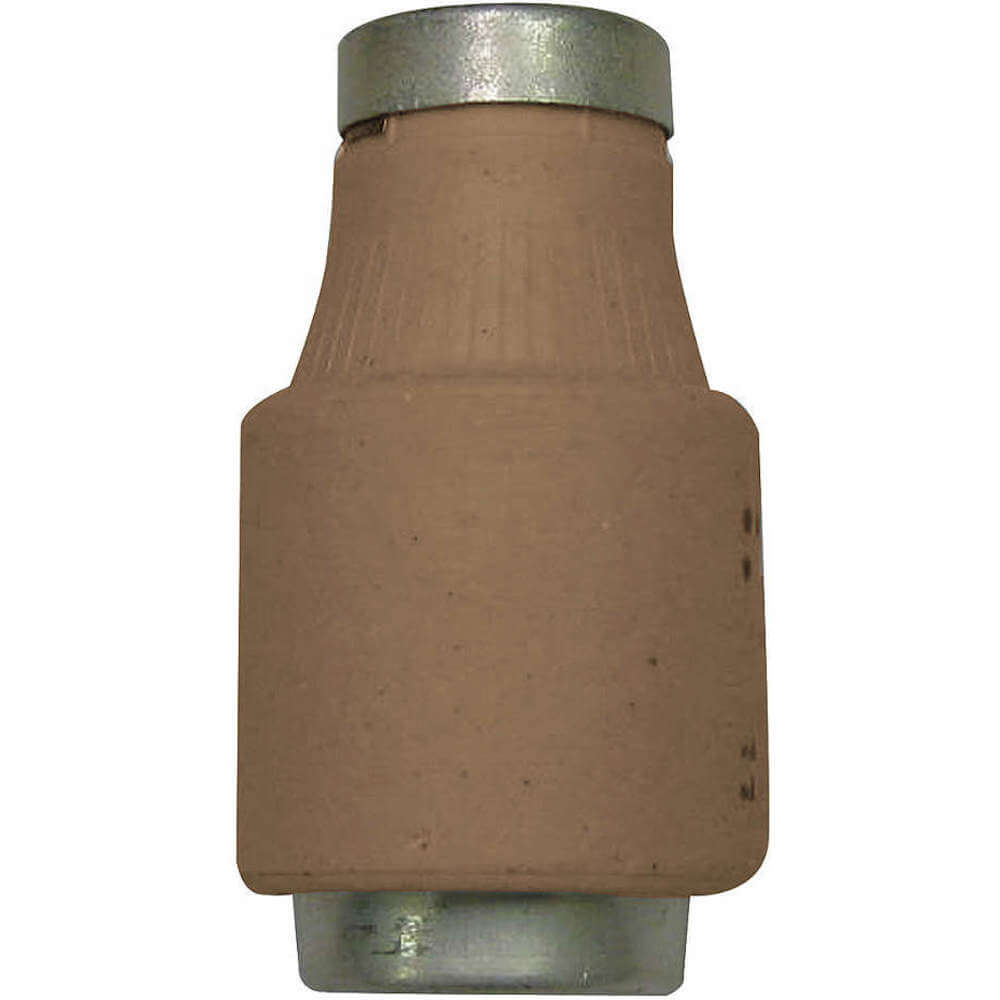BUSSMANN Time Delay Class D - Milk Bottle Fuses
Bussmann Class D fuses protect motors, fans, blowers, conveyors and HVAC systems from electrical faults, minimising downtime and ensuring operational reliability.
Filter
| Style | Model | Fuse Amps | Diameter | Body Style | Speed Type | Price | |
|---|---|---|---|---|---|---|---|
| A | 2D27 | 2A | 21.5 mm | Cylindrical | Time Delay | €50.51 | |
| B | 4GD27 | 4A | 0.844" | Cylindrical | Time Delay | €7.76 | |
| C | 4D27 | 4A | 21.5 mm | Cylindrical | Time Delay | €33.55 | |
| C | 4D16 | 4A | 13.2 mm | Cylindrical | Time Delay | €52.53 | |
| D | 6D27 | 6A | 21.5 mm | Cylindrical | Time Delay | €33.13 | |
| E | 10D27 | 10A | 21.5 mm | Cylindrical | Time Delay | €29.08 | |
| E | 10D16 | 10A | 13.2 mm | Cylindrical | Time Delay | €48.95 | |
| F | 16D27 | 16A | 21.5 mm | Cylindrical | Time Delay | €29.98 | |
| G | 20D27 | 20A | 21.5 mm | Cylindrical | Time Delay | €44.04 | |
| H | 25D27 | 25A | 21.5 mm | Cylindrical | Time Delay | €29.37 | |
| I | 35D33 | 35A | 27.5 mm | Cylindrical | Time Delay | €52.56 | |
| J | 50D33 | 50A | 27.5 mm | Cylindrical | Time Delay | €54.62 | |
| K | 63D33 | 63A | 27.5 mm | Cylindrical | Time Delay | €82.15 | |
| B | 100D125 | 100A | 1.333" | Cylindrical | Time Delay | €89.60 |
Features
- Bussmann time delay Class D fuses feature white ceramic construction for durability and temperature resistance.
- They have an interrupt rating of 50kA at 500VAC and are available in amperage ratings ranging from 2A to 100A.
- These fuses have time-delayed speed to protect against temporary overloads.
Frequently Asked Questions
What are bottle fuses?
The bottle fuses are types of fuses with variable-sized ends used in small electrical systems to protect circuits from short circuits and overcurrents. These bottle fuses prevent incorrect insertion of wrong fuses into a circuit.
What is the difference between fusible and non-fusible switches?
Fusible switches are equipped with integrated fuses that offer overcurrent protection for electrical circuits, while non-fusible switches lack built-in fuses and rely on other protective devices, such as circuit breakers or upstream fuses, to provide overcurrent protection in the circuit.
How to maintain Bussmann time delay Class D fuses?
- Ensure the fuse and surrounding components are clean and free from debris.
- Store the fuses in a dry, clean and well-ventilated area.
- Verify that the voltage and current ratings match the circuit requirements.
- Ensure the electrical circuit does not carry a current higher than the fuse's rated capacity.
We are here to help!
Looking for a part not listed here?
Popular Search Queries
Explore More
- GOODWRAPPERS
- KEYSHAFT
- GROUT-AIDE
- WILSON
- PCE INSTRUMENTS
- Extra Long Drill Bits
- Metal Forming Machines
- Single Pole Devices
- Cylinder Cabinets
- Multipurpose Ladders
- MIG Welding Gloves, Goatskin/Cowhide Leather - IRONCAT
- 28-350 Activarmr Nitrile Coating Cut Resistant Gloves - ANSELL
- Tuff Chix Work Gloves - IRONCLAD
- Swivel Male Branch Tees, NPTF Thread,Polypropylene White - JOHN GUEST
- TU 7500 Gas Springs - ASSOCIATED SPRING RAYMOND
- Extension/Inflation Hoses - CHERNE
- Strapping Dispensers, Heavy Duty - MIP TOOLS
- HCM-4000P Masonry Series Prism Machines - HUMBOLDT
- FZ Series Fittings - ENERPAC
- High-Visibility Vest, Mesh Polyester, U Stripe Pattern, Single, Lime - CONDOR

